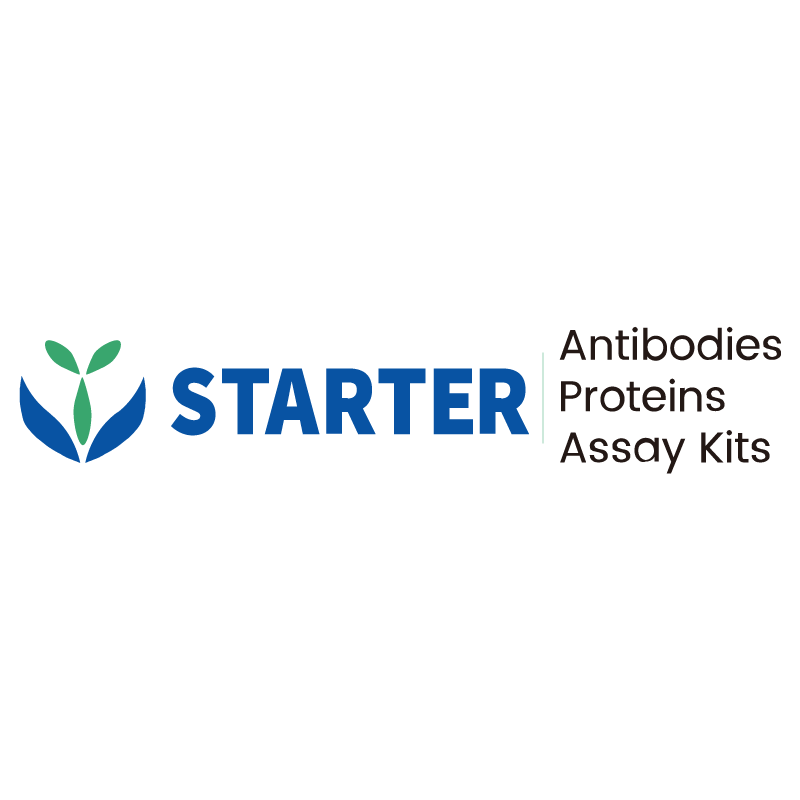2 μg(R: reducing conditions)
Product Details
Product Details
Product Specification
| Species | Human |
| Synonyms | CDw44, Epican, Extracellular matrix receptor III (ECMR-III), GP90 lymphocyte homing/adhesion receptor, HUTCH-I, Heparan sulfate proteoglycan, Hermes antigen, Hyaluronate receptor, Phagocytic glycoprotein 1 (PGP-1), Phagocytic glycoprotein I (PGP-I), LHR, MDU2, MDU3, MIC4 |
| Accession | P16070 |
| Amino Acid Sequence | Protein sequence (P16070, Gly32-Thr232, with C-10*His) GVFHVEKNGRYSISRTEAADLCKAFNSTLPTMAQMEKALSIGFETCRYGFIEGHVVIPRIHPNSICAANNTGVYILTSNTSQYDTYCFNASAPPEEDCTSVTDLPNAFDGPITITIVNRDGTRYVQKGEYRTNPEDIYPSNPTDDDVSSGSSSERSSTSGGYIFYTFSTVHPIPDEDSPWITDSTDRIPATTLMSTSATATGGGGSHHHHHHHHHH |
| Expression System | HEK293 |
| Molecular Weight | Predicted MW: 23.6 kDa Observed MW: 34-70 kDa |
| Purity | >95% by SDS-PAGE |
| Endotoxin | <1EU/μg |
| Tag | with C-10*His |
| Physical Appearance | Lyophilized Powder |
| Storage Buffer | Lyophilized from a 0.2 μm filtered solution of 0.2M PBS, pH7.4. |
| Reconstitution | Reconstitute no more than 1 mg/mL according to the size in deionized water after rapid centrifugation. |
| Stability & Storage | 12 months from date of receipt, -20 to -70 °C as supplied. 6 months, -20 to -70 °C under sterile conditions after reconstitution. 1 week, 2 to 8 °C under sterile conditions after reconstitution. Please avoid repeated freeze-thaw cycles. |
Background
The CD44 antigen is a cell-surface glycoprotein involved in cell proliferation, cell differentiation, cell migration, angiogenesis, presentation of cytokines, chemokines, and growth factors to the corresponding receptors, and docking of proteases at the cell membrane, as well as in signaling for cell survival. CD44 is a receptor for hyaluronic acid and internalizes metals bound to hyaluronic acid and can also interact with other ligands, such as osteopontin, collagens, and matrix metalloproteinases (MMPs). CD44, along with CD25, is used to track early T cell development in the thymus. CD44 expression is an indicative marker for effector-memory T-cells. In addition, variations in CD44 are reported as cell surface markers for some breast and prostate cancer stem cells. Endometrial cells in women with endometriosis demonstrate increased expression of splice variants of CD44, and increased adherence to peritoneal cells. CD44 variant isoforms are also relevant to the progression of head and neck squamous cell carcinoma. High levels of the adhesion molecule CD44 on leukemic cells are essential to generate leukemia.
Picture
Picture
SDS-PAGE


